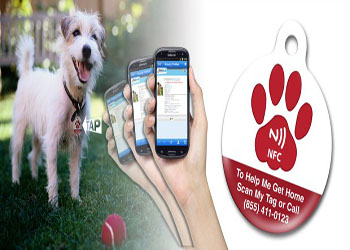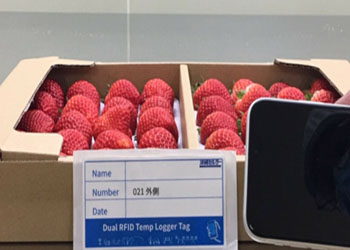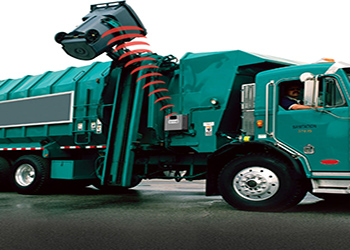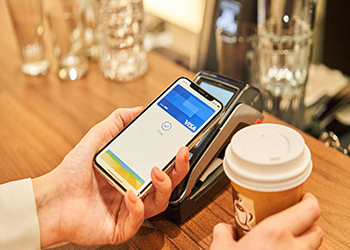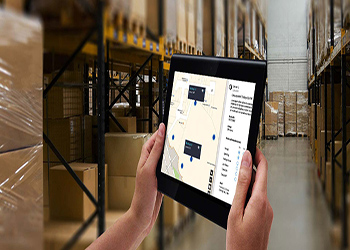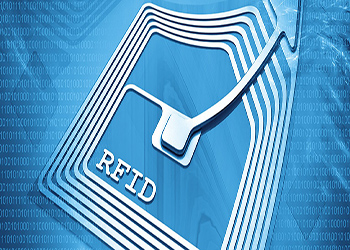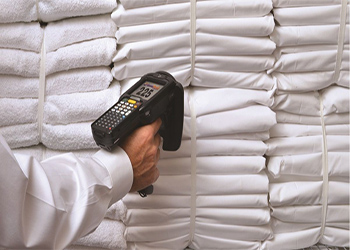NFC technology provides contactless ordering function for diners
Jul 14, 2021
Previously, the catering industry was closed due to the epidemic. Now that restaurants have reopened in-house dining and takeaway services, smart phone ordering systems are now becoming more and more common. Diners now browse menus online, sometimes with the help of apps, without the need for credit cards or paper menus, which reduces people’s face-to-face interaction. Shenzhen ZhiJie IOT Application Co.Ltd is the one of leading rfid or nfc products manufacturers in China ,which is specializing in rfid card , nfc sticker label , rfid wristbands ,paper nfc tickets and rfid assets management tags ,etc . We also have provided many kinds of custom logo printed nfc sticker label for worldwide customers for working in resturants ,school ,amusement park, transportation,etc .all passive rfid products baseon 125Khz , 13.56Mhz or 860-960Mhz and serial numebring , printing , anti-metal solution can accept . Our factory has more 10 years experience in rfid or nfc technology and now more and more worldwide customers have worked with ZhiJie products and high reputation from them . Qiiosk, a start-up company in Yorkshire, UK, provides a solution that does not require downloading an APP. Customers only need to tap a non-contact dining tool called "Menu Tile" with their smartphones, and they can sit at the table. Place an order, ask for help, or pay. Qiiosk said that the solution uses NFC and QR code technology to quickly order food without the need for APP. In order to meet the needs of restaurants to reopen, this spring has been deployed in several restaurants in the UK and has been quickly promoted. The company uses HID Global's NFC tags, partly because HID can quickly provide a large amount of NFC technical support. Menu tiles are applied to dining tables or bulletin boards. Diners can use the system to order meals, arrange delivery times, order meals, and communicate with kitchen staff. After customers arrive at the restaurant, they go directly to a table or a point of sale area. Because they don’t need an APP, they only need to tap the phone on the nearest table, and the NFC reader in the phone will capture the ID of the menu tile and open the relevant menu site. If the customer's mobile phone does not have NFC function or prefers to scan the QR code, they can also scan the code. The solution not only provides a menu, but also calls the waiter, and can pay directly on the menu tile with the mobile phone. HID explained that with this system, restaurants can provide a safer environment for those dining on-site and restaurant employees by restricting interaction. The technology also makes the experience for employees and customers more efficient. Further benefits include access to real-time allergen information on the menu via NFC tags. In addition, the restaurant can also update the menus in the system in real time, allowing diners to browse the latest menus, so as to place orders in person, eat in, or take away. Qiiosk established this solution for the cater...
view more
